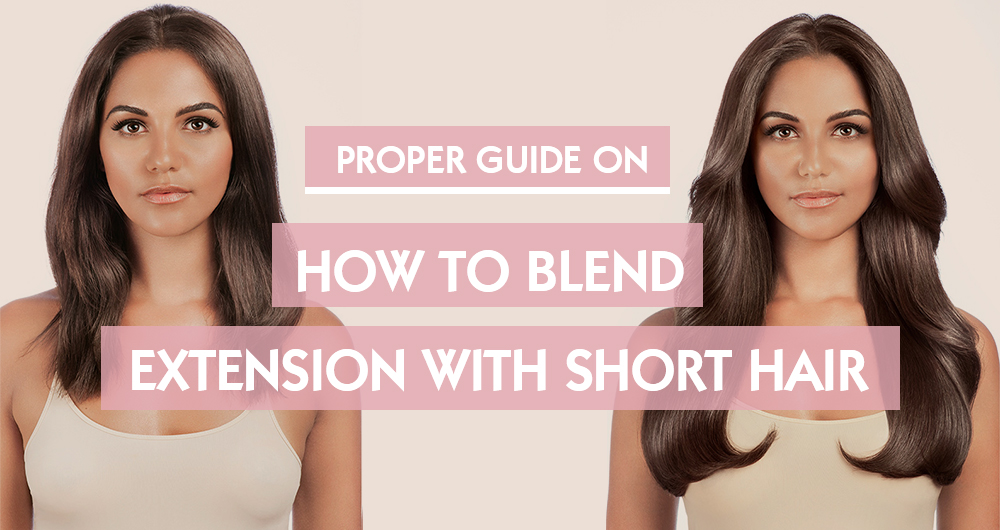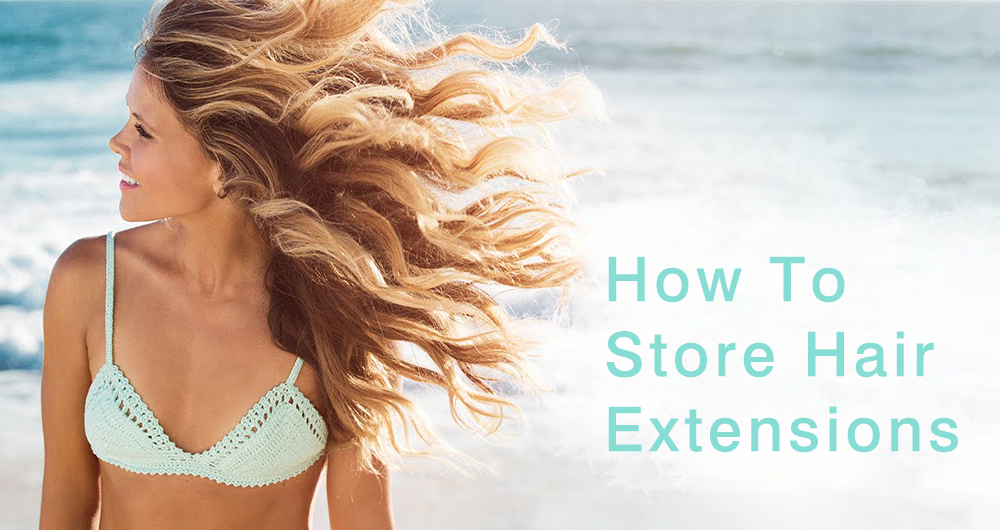Blog
-
Are you currently rocking a natural textured wig and need some ideas about different ways to style it?Read more »
-
Make your 2018 fabulous by reading these reasons for investing in beautiful natural hair wigs.Read more »
-
This article sheds light on how important it is to hydrate the hair and the most effective methods to achieve this goal.Read more »
-
The beauty of using protective styles is that your options are limitless.Read more »
-
If you’re looking for natural oils that will moisturize and protect your hair, you should consider these 12 oils!Read more »
-
Read more »
It seems that everywhere you turn there are people with natural hair, right? The reason is quite simple. Natural hair is gorgeous and it is very noticeable. If you’re seriously considering going natural, worrying about the possibility of the natural hair trend fizzling out might worry you. First of all, growing out your natural hair is not a trend. It is a lifestyle, a movement.
It is perfectly okay to think hard about your decision before taking scissors near your hair. You have to be ready physically and mentally for the huge step. But if you’re looking for cool reasons to embrace the movement, here are a few reasons why you should get in touch with your roots.
Natural Hair
-
Read more »
If you are a Natural, then chances are that you have heard the term ‘protective styling’ before. On the off chance that you haven’t, protective styling simply means using low manipulation or none manipulative hairstyles for a designated period of time, ranging anywhere from a few days to a few weeks.
Wigs and extensions are a great option for protective styling. However, there are so many types of hair currently flooding the market that it can be overwhelming to decide which texture if right for you. Do you want a straight hair or kinky hair? Do you want a wig that is easy to maintain or do you prefer one that offers versatility?
Whatever your needs, there are six different types of Kinky Curly Yaki textures to choose from, so your preferences would surely be accommodated. Let’s proceed to study each texture in further detail, so you will be better equipped to determine which would be right for you.
-
Read more »
Your kinky hair will need different levels of attention through the different seasons in a year. While summer comes with humidity and super-hot temperatures that may harm your hair, once winter rolls around and the begins to drop, your kinky curly hair will need a more intensive care to get through the cold, dry months. But don’t despair, as you’ll learn about the different ways you can protect your hair and have it flourishing no matter the weather.
These few winter hair care tips for your kinky curly hair.
Go Easy on Washing
In the summer months, washing your hair often is necessary to get rid of grime. Washing your hair that often in winter could leave you with irreparably damaged hair. To avoid stripping the hair of its natural oils, washing more than once a week is not ideal. A weekly wash helps maintain the beneficial natural oils your hair needs in order to combat the effects of winter. Co-washing is a great way to clean
-
Read more »
African American curl patterns, commonly known as natural hair, are a spectacular part of a black person’s culture. Natural hair is a hair texture that has not been altered by chemicals, which includes relaxers and texturizers. The constant use of these chemical products may cause damage to an African American’s hair.
In black culture, making the big decision to “go natural” is referred to as the “big chop.” The “big chop” is when an African American cuts all of their chemically processed hair off to begin a journey of unaltered, healthy, natural hair. After this “big chop,” they discover their curl pattern. To make their curl pattern more defined, they do “twist outs” in their hair, which can include two strand twist, Flexi rod curls, three strand twist, or direct braids.These curl patterns are labeled as 4A, 4B, and 4C. In the black community, knowing your curl pattern is essential to know how to



